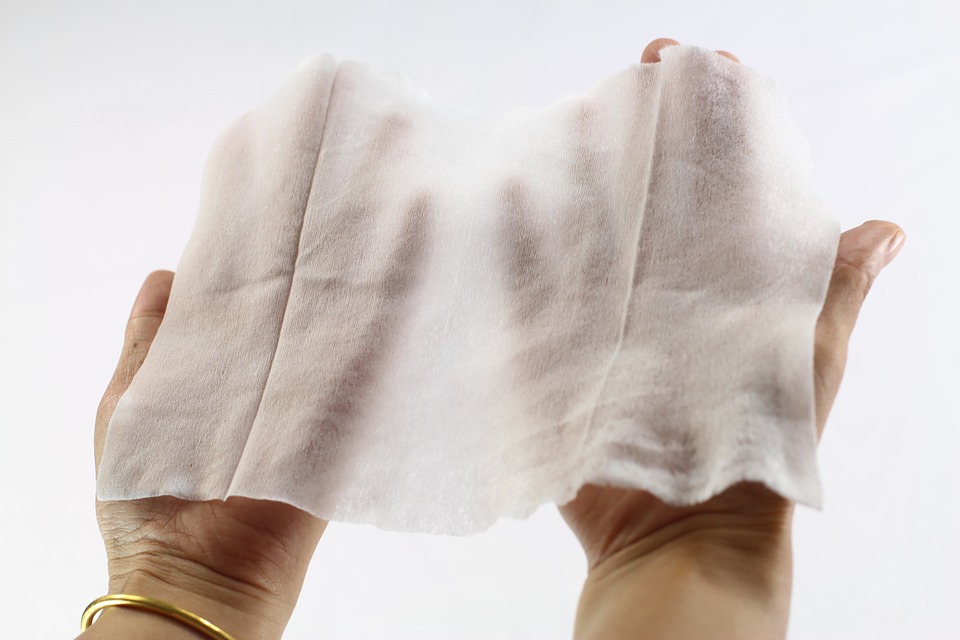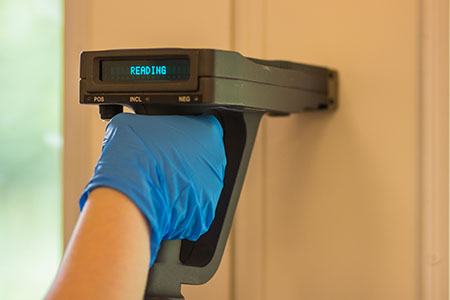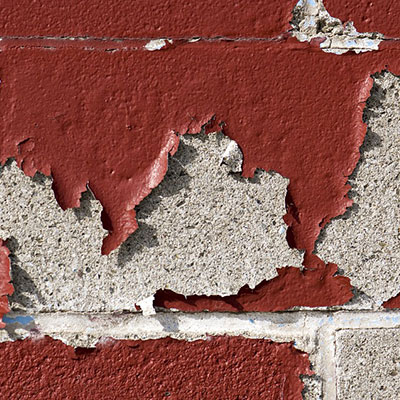Service Types

Dust Sampling
 Dust wipe tests measure lead dust on surfaces. Dust tests cannot be used to determine the presence of lead-based paint that is several layers down. They show whether there are lead particles in the dust. Dust samplings are taken after work has been completed and the work area has been cleaned following an abatement. The inspector will take a dust wipe sample from the floor of each room and a window sill in each room. Ensure your property is ready for the dust sampling by reviewing Preparing for Your Lead Inspection.
Dust wipe tests measure lead dust on surfaces. Dust tests cannot be used to determine the presence of lead-based paint that is several layers down. They show whether there are lead particles in the dust. Dust samplings are taken after work has been completed and the work area has been cleaned following an abatement. The inspector will take a dust wipe sample from the floor of each room and a window sill in each room. Ensure your property is ready for the dust sampling by reviewing Preparing for Your Lead Inspection.
Soil Sampling
 Analysis of soil samples is used to determine how much lead is in the top level of the soil. Soil is collected from bare soil (soil not covered by grass, mulch, concrete, etc). The soil is collected around the dripline/foundation area and play area. If you're looking to receive a "lead-free" certificate for the exterior of your property, a soil sampling must be collected if your soil isn't completely covered.
Analysis of soil samples is used to determine how much lead is in the top level of the soil. Soil is collected from bare soil (soil not covered by grass, mulch, concrete, etc). The soil is collected around the dripline/foundation area and play area. If you're looking to receive a "lead-free" certificate for the exterior of your property, a soil sampling must be collected if your soil isn't completely covered.
XRF Inspection
 Portable XRF lead-based paint analyzers are the most common primary analytical method for inspections in housing because of the demonstrated ability to determine if lead-based paint is present on many surfaces and to measure the paint without destroying the paint. The XRF (X-Ray Fluorescence) Analyzer measures the intensity of the fluorescent light and displays the amount of lead. The XRF is primarily used for "lead-free" inspections. For single family homes, every room is inspected with the XRF analyzer.
Portable XRF lead-based paint analyzers are the most common primary analytical method for inspections in housing because of the demonstrated ability to determine if lead-based paint is present on many surfaces and to measure the paint without destroying the paint. The XRF (X-Ray Fluorescence) Analyzer measures the intensity of the fluorescent light and displays the amount of lead. The XRF is primarily used for "lead-free" inspections. For single family homes, every room is inspected with the XRF analyzer.
Visual Inspection
 After the work has been done, a visual inspection is completed to ensure there is no flaking, chipping, cracking, or peeling paint and that the work areas were sufficiently cleaned and no debris remains on the floor. Photos are taken to document the repairs were completed. Ensure your property is ready to be inspected by reviewing Preparing for Your Lead Inspection.
After the work has been done, a visual inspection is completed to ensure there is no flaking, chipping, cracking, or peeling paint and that the work areas were sufficiently cleaned and no debris remains on the floor. Photos are taken to document the repairs were completed. Ensure your property is ready to be inspected by reviewing Preparing for Your Lead Inspection.